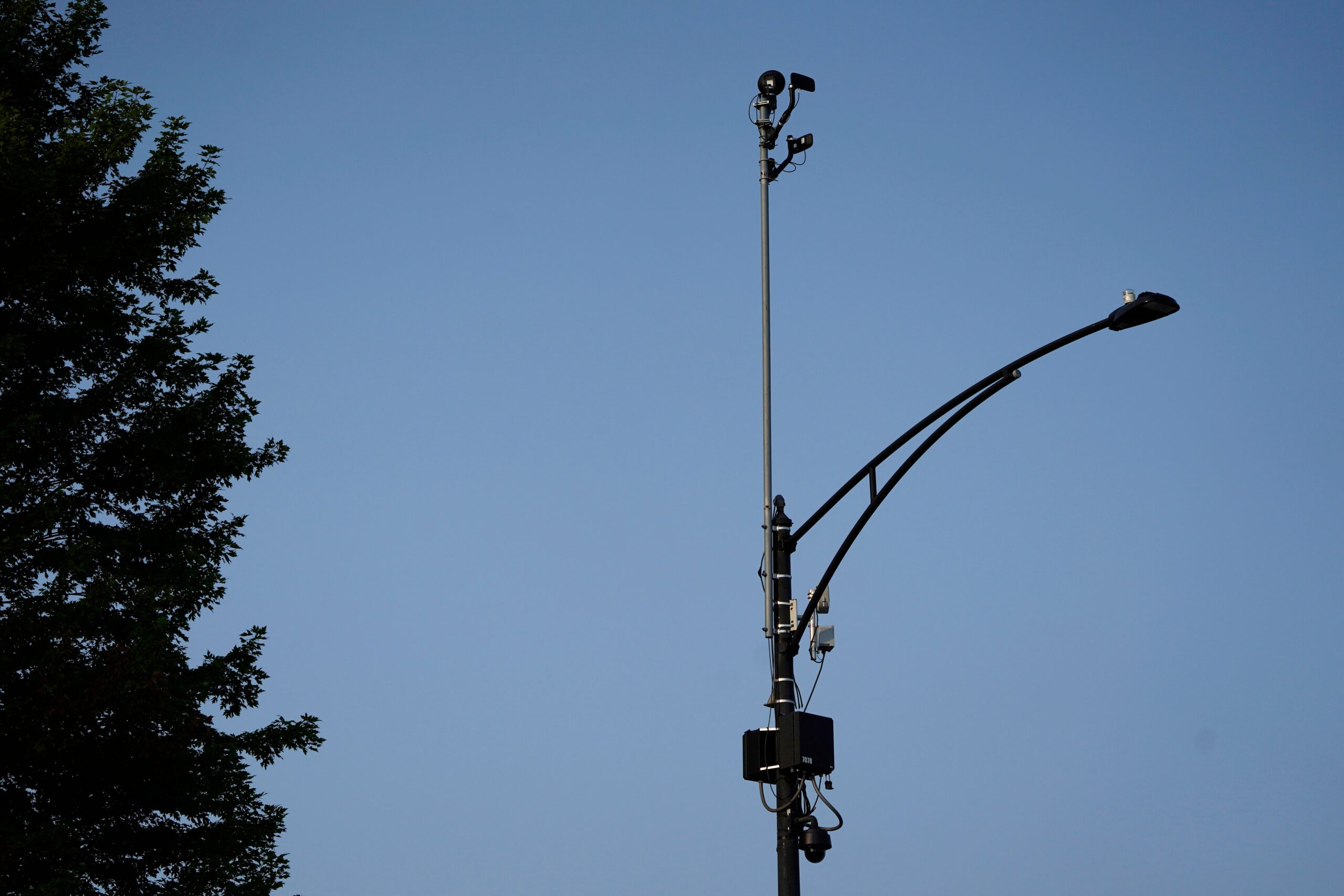Editor’s Note: This story has been updated to reflect revisions made to the AP investigative report after it was published.
Suggested Reading
The last thing the justice system needed was another way to put innocent Black people in jail.
ShotSpotter, an AI-powered surveillance system that’s meant to accurately detect the sound and location of gunshots, was the prosecution’s biggest piece of evidence when a 25-year-old man, Safarain Herring, was shot in Chicago last May.
According to an investigation by the Associated Press, Michael Williams was accused of getting caught on the surveillance system at the same time that Herring was shot. Police reportedly accused Williams of shooting the young man and dropping him off at the local hospital.
“I kept trying to figure out, how can they get away with using the technology like that against me?” Williams said to reporters,“That’s not fair.” He was arrested last August.
According to the AP, the prosecution withdrew the charges because they “concluded that the totality of the evidence was insufficient to meet [the] burden of proof”.
From AP:
In the Williams case, evidence in pretrial hearings shows that ShotSpotter initially said the noise the sensor picked up was a firecracker, a classification the company’s algorithm made with 98% confidence. But a ShotSpotter employee relabeled the noise as a gunshot.
Later, ShotSpotter senior technical support engineer Walter Collier changed the reported Chicago address of the sound to the street where Williams was driving, about 1 mile (1.6 kilometers) away, according to court documents. ShotSpotter said Collier corrected the report to match the actual location that the sensors had identified. The company later provided AP with a copy of the full real-time alert, which contained a street address, location maps and latitude and longitude coordinates as did the second, detailed forensic report analysis Collier prepared. The assigned street address changed from the first to the second report, but the location identified on the maps and GPS coordinates in both reports remained around the same intersection
According to AP’s investigation, human error is not the only thing that can affect ShotSpotters efficacy and reliability. The investigation found that the surveillance system can miss live gunfire right under its microphones. It has also misidentified gunshots and hasn’t been shown to reduce gun violence or improve community safety.
Investigators say that the surveillance system has been placed in about 110 U.S. cities at the request of local officials in places that are “more likely to have gun violence,” which has turned out to be predominantly Black and Latino neighborhoods. ShotSpotter won’t release its algorithm so that defense attorneys can properly assess the technology, even though it’s already been admitted in about 200 court cases.
The surveillance technology has also appeared in many high-profile cases and has been subject to criticism.
From AP:
In a Chicago case, prosecutors had surveillance videos of gang member Ernesto Godinez in a neighborhood where an ATF agent was shot after dark - but none showing him actually shooting a gun. At a 2019 trial, they entered ShotSpotter data to show gunshots originated from the location where video evidence indicated Godinez was when shots rang out. This month, a federal appeals court ruled that a trial judge erred by not vetting the reliability of ShotSpotter data before letting jurors hear it. Nonetheless, the split three-judge panel concluded that other evidence prosecutors presented was enough to uphold Godinez’s conviction.
Last month, Chicago law enforcement was called to end their contract with ShotSpotter after it was found that officers have requested analysts to change classifications of certain noises to gunshots. Shotspotter CEO Ralph Clark has stood by the accuracy of his technology, “The point is anything that ultimately gets produced as a gunshot has to have eyes and ears on it,” said Clark, according to Vice. “Human eyes and ears, OK?”
Straight From 
Sign up for our free daily newsletter.



